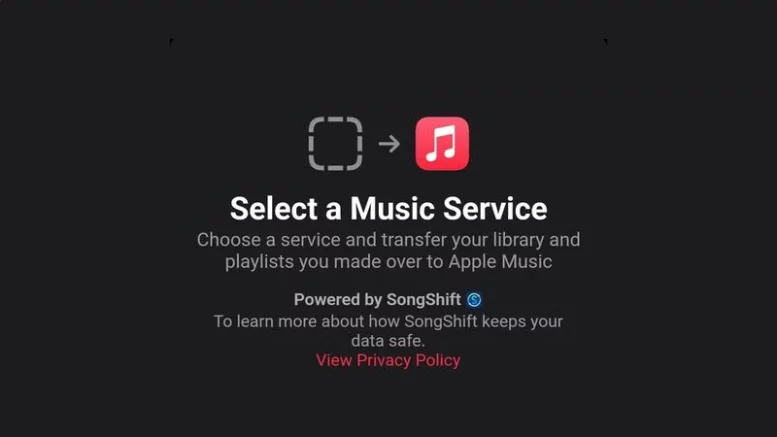Apple Music is currently experimenting with a novel feature that enables users to import songs and playlists from competing streaming platforms like Spotify into their own library. Initial references to this functionality were detected in the latest Apple Music beta for Android, with a Reddit user being the first to uncover these references. Subsequently, MacRumors independently verified the presence of these references within the Android Package Kit (APK).
This feature seems to be a collaborative initiative with SongShift, a well-established third-party service facilitating the transfer of music libraries and playlists across various streaming services. Screenshots shared on Reddit exhibit new prompts within Apple Music for Android, enticing users to “add saved music and playlists you made in other music services to your Apple Music library.” Additionally, this option surfaces within the app’s settings on the Android platform.
However, it’s worth noting that the feature is not fully operational yet, and not all users enrolled in the beta are encountering these prompts. This suggests that Apple is currently in the early stages of A/B testing or split testing the feature. A/B testing involves comparing two versions of an application, with users randomly exposed to either version. Statistical analysis is then employed to discern which version performs better in achieving a specified conversion goal.
Although third-party music transfer services have existed for some time, many of them offer limited functionality unless users make a one-time payment or subscribe to a service. While the integration with SongShift indicates a potential direction for Apple Music, there’s no guarantee that this feature will progress to full development. However, if Apple does decide to retain this functionality, it’s highly probable that it will eventually roll out to the Apple Music app on iOS devices.

